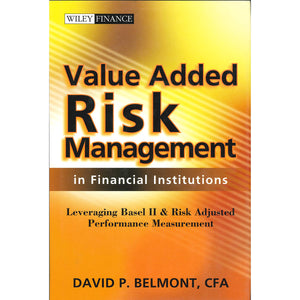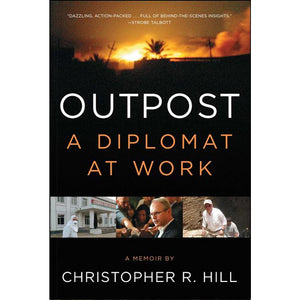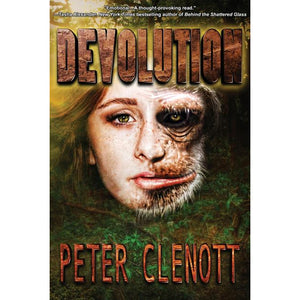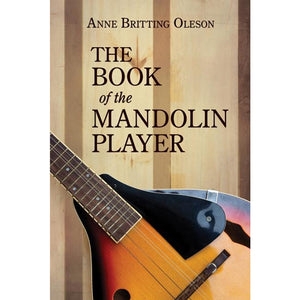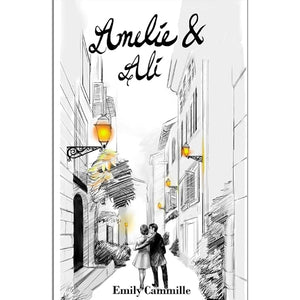{"id":6557393846361,"title":"Shaping the Shoreline — Chiang","handle":"shaping-the-shoreline-chiang","description":"\u003cp\u003e\u003cstrong\u003eBy Connie Chiang, \u003ca href=\"https:\/\/www.bowdoin.edu\/profiles\/faculty\/cchiang\/index.html\" target=\"_blank\" title=\"Connie Chiang faculty profile\" rel=\"noopener noreferrer\"\u003eDirector of Environmental Studies Program and Professor of History and Environmental Studies\u003c\/a\u003e\u003c\/strong\u003e\u003c\/p\u003e\n\u003cp\u003e\u003cstrong\u003e\u003c\/strong\u003eThe Monterey coast, home to an acclaimed aquarium and the setting for John Steinbeck's classic novel \u003ci\u003eCannery Row\u003c\/i\u003e, was also the stage for a historical junction of industry and tourism. \u003ci\u003eShaping the Shoreline\u003c\/i\u003e looks at the ways in which Monterey has formed, and been formed by, the tension between labor and leisure.\u003c\/p\u003e\n\u003cdiv class=\"text\"\u003e\n\u003cp\u003eConnie Y. Chiang examines Monterey's development from a seaside resort into a working-class fishing town and, finally, into a tourist attraction again. Through the subjects of work, recreation, and environment -- the intersections of which are applicable to communities across the United States and abroad -- she documents the struggles and contests over this magnificent coastal region. By tracing Monterey's shift from what was once the literal Cannery Row to an iconic hub that now houses an aquarium in which nature is replicated to attract tourists, the interactions of people with nature continues to change.\u003c\/p\u003e\n\u003cp\u003eDrawing on histories of immigration, unionization, and the impact of national and international events, Chiang explores the reciprocal relationship between social and environmental change. By integrating topics such as race, ethnicity, and class into environmental history, Chiang illustrates the idea that work and play are not mutually exclusive endeavors.\u003c\/p\u003e\n\u003cp\u003e-From the publisher\u003c\/p\u003e\n\u003c\/div\u003e\n\u003cp\u003e \u003c\/p\u003e","published_at":"2021-04-08T16:49:51-04:00","created_at":"2021-04-08T16:49:50-04:00","vendor":"The Bowdoin Store","type":"Book","tags":["Bowdoin Faculty","History"],"price":2500,"price_min":2500,"price_max":2500,"available":true,"price_varies":false,"compare_at_price":2500,"compare_at_price_min":2500,"compare_at_price_max":2500,"compare_at_price_varies":false,"variants":[{"id":39299498704985,"title":"Default Title","option1":"Default Title","option2":null,"option3":null,"sku":"WBF356-Chiang","requires_shipping":true,"taxable":true,"featured_image":null,"available":true,"name":"Shaping the Shoreline — Chiang","public_title":null,"options":["Default Title"],"price":2500,"weight":0,"compare_at_price":2500,"inventory_quantity":2,"inventory_management":"shopify","inventory_policy":"deny","barcode":"9780295991399","requires_selling_plan":false,"selling_plan_allocations":[]}],"images":["\/\/store.bowdoin.edu\/cdn\/shop\/products\/wbf356-chiang-shaping.jpg?v=1617914992"],"featured_image":"\/\/store.bowdoin.edu\/cdn\/shop\/products\/wbf356-chiang-shaping.jpg?v=1617914992","options":["Title"],"media":[{"alt":"Shaping the Shoreline by Connie Y. Chiang","id":20330956357721,"position":1,"preview_image":{"aspect_ratio":1.0,"height":550,"width":550,"src":"\/\/store.bowdoin.edu\/cdn\/shop\/products\/wbf356-chiang-shaping.jpg?v=1617914992"},"aspect_ratio":1.0,"height":550,"media_type":"image","src":"\/\/store.bowdoin.edu\/cdn\/shop\/products\/wbf356-chiang-shaping.jpg?v=1617914992","width":550}],"requires_selling_plan":false,"selling_plan_groups":[],"content":"\u003cp\u003e\u003cstrong\u003eBy Connie Chiang, \u003ca href=\"https:\/\/www.bowdoin.edu\/profiles\/faculty\/cchiang\/index.html\" target=\"_blank\" title=\"Connie Chiang faculty profile\" rel=\"noopener noreferrer\"\u003eDirector of Environmental Studies Program and Professor of History and Environmental Studies\u003c\/a\u003e\u003c\/strong\u003e\u003c\/p\u003e\n\u003cp\u003e\u003cstrong\u003e\u003c\/strong\u003eThe Monterey coast, home to an acclaimed aquarium and the setting for John Steinbeck's classic novel \u003ci\u003eCannery Row\u003c\/i\u003e, was also the stage for a historical junction of industry and tourism. \u003ci\u003eShaping the Shoreline\u003c\/i\u003e looks at the ways in which Monterey has formed, and been formed by, the tension between labor and leisure.\u003c\/p\u003e\n\u003cdiv class=\"text\"\u003e\n\u003cp\u003eConnie Y. Chiang examines Monterey's development from a seaside resort into a working-class fishing town and, finally, into a tourist attraction again. Through the subjects of work, recreation, and environment -- the intersections of which are applicable to communities across the United States and abroad -- she documents the struggles and contests over this magnificent coastal region. By tracing Monterey's shift from what was once the literal Cannery Row to an iconic hub that now houses an aquarium in which nature is replicated to attract tourists, the interactions of people with nature continues to change.\u003c\/p\u003e\n\u003cp\u003eDrawing on histories of immigration, unionization, and the impact of national and international events, Chiang explores the reciprocal relationship between social and environmental change. By integrating topics such as race, ethnicity, and class into environmental history, Chiang illustrates the idea that work and play are not mutually exclusive endeavors.\u003c\/p\u003e\n\u003cp\u003e-From the publisher\u003c\/p\u003e\n\u003c\/div\u003e\n\u003cp\u003e \u003c\/p\u003e"}
Shaping the Shoreline — Chiang
Related Products
Wayne's War — Burton '66
$16.95
Sabor Judío — Boyle
$40.00
Outpost — Hill '74
$17.00
Devolution — Clenott '73
$15.99








